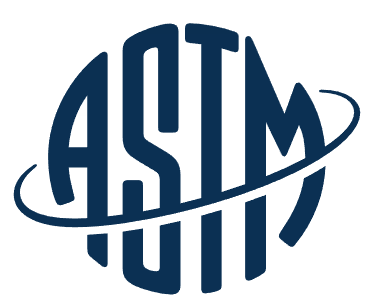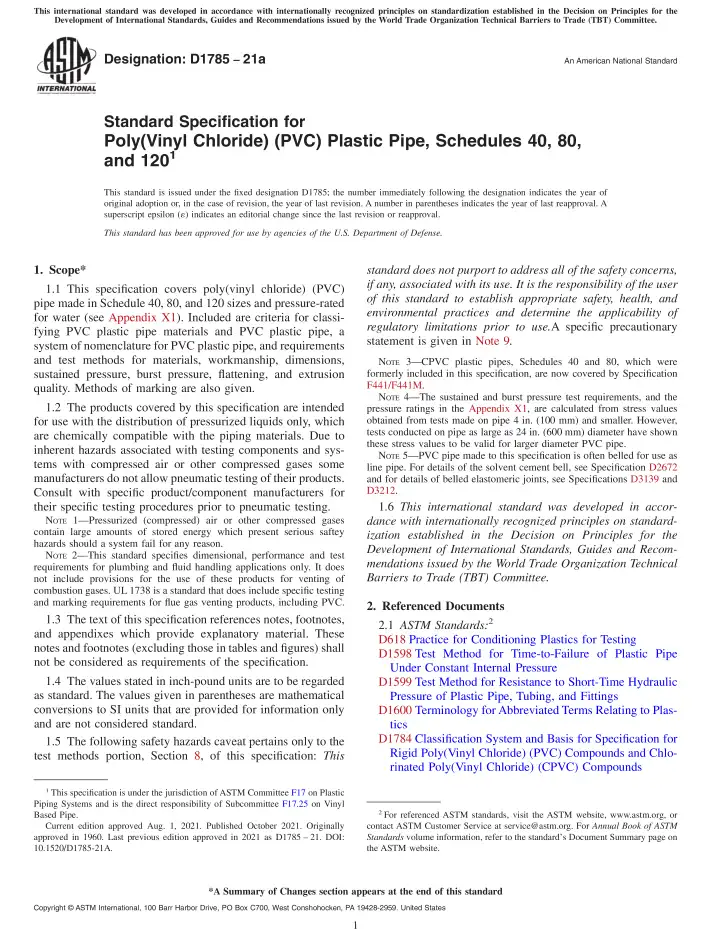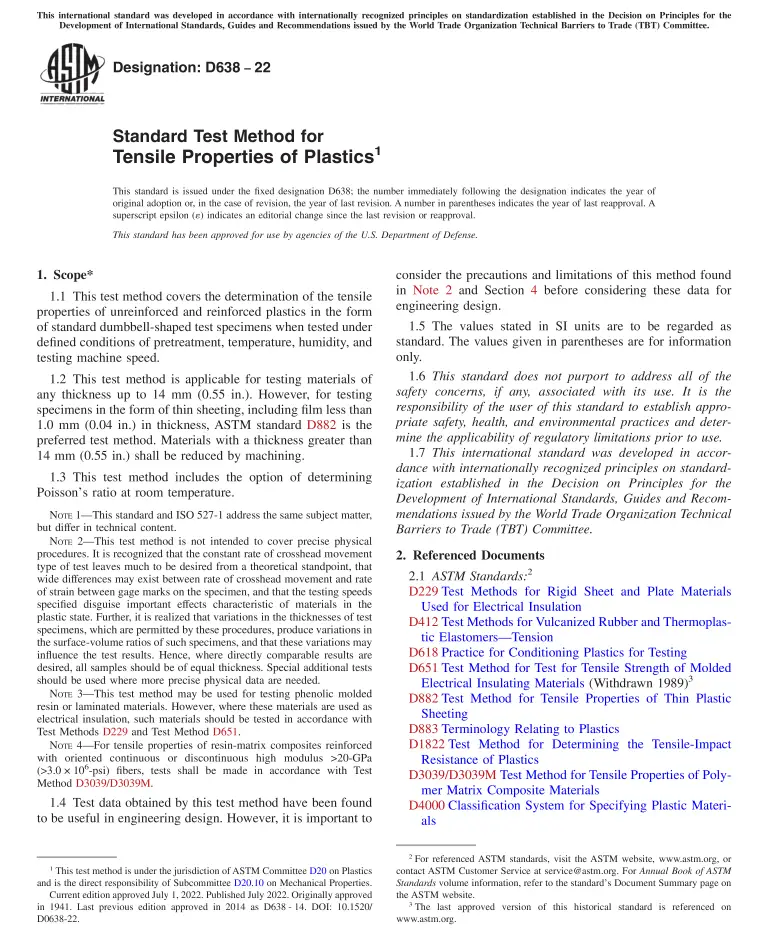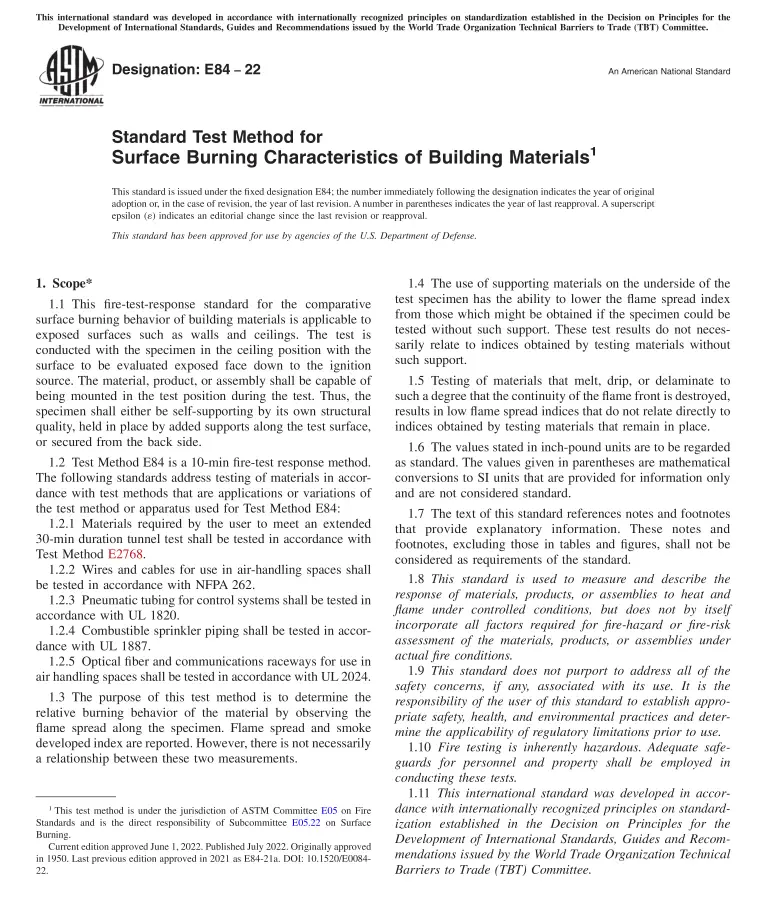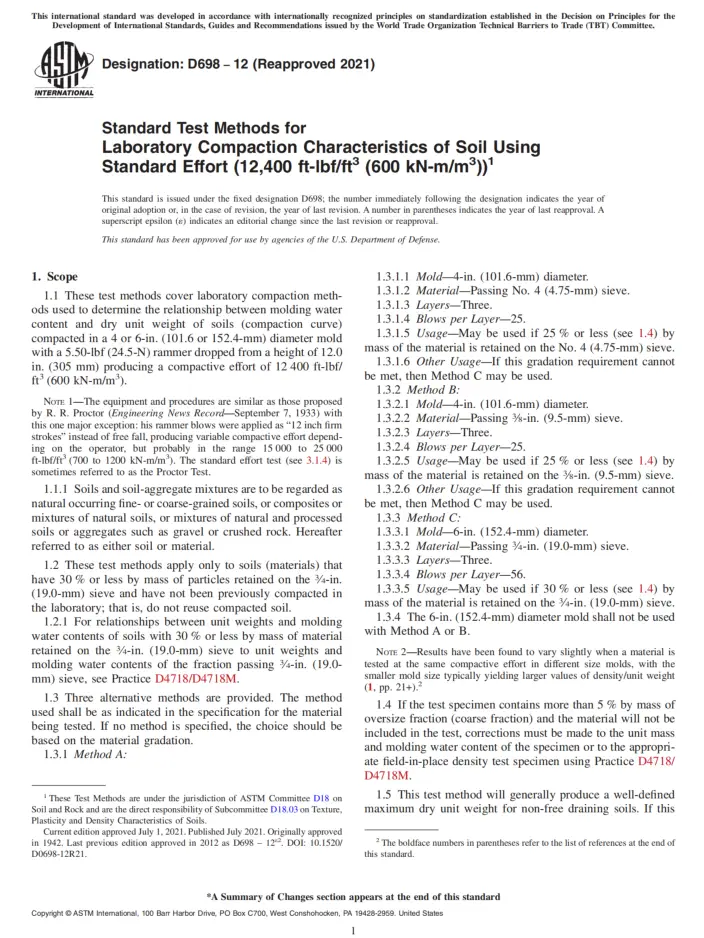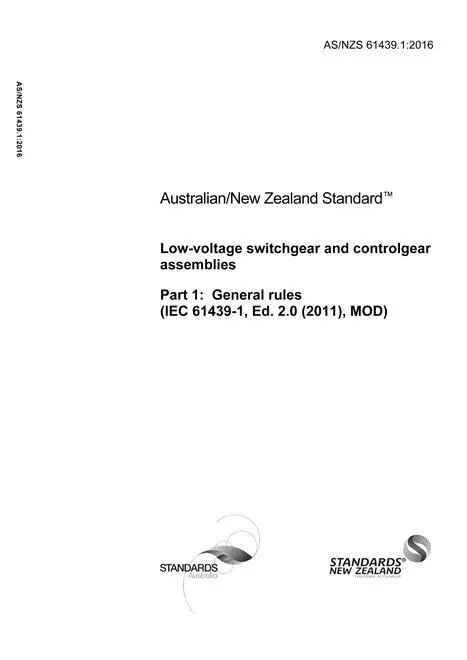ASTM C231/C231M, 2022 Edition – Standard Test Method for Air Content of Freshly Mixed Concrete by the Pressure Method
This test method covers determination of the air content of freshly mixed concrete from observation of the change in volume of concrete with a change in pressure.
This test method is intended for use with concretes and mortars made with relatively dense aggregates for which the aggregate correction factor can be satisfactorily determined by the technique described in Section 6. It is not applicable to concretes made with lightweight aggregates, air-cooled blast-furnace slag, or aggregates of high porosity. In these cases, Test Method C173/C173M should be used. This test method is also not applicable to nonplastic concrete such as is commonly used in the manufacture of pipe and concrete masonry units.
The text of this test method references notes and footnotes that provide explanatory information. These notes and footnotes (excluding those in tables and figures) shall not be considered as requirements of this standard.
The values stated in either SI units or inch-pound units are to be regarded separately as standard. The values stated in each system may not be exact equivalents; therefore, each system shall be used independently of the other. Combining values from the two systems may result in non-conformance with the standard.
This standard does not purport to address all of the safety concerns, if any, associated with its use. It is the responsibility of the user of this standard to establish appropriate safety, health, and environmental practices and determine the applicability of regulatory limitations prior to use. (Warning—Fresh hydraulic cementitious mixtures are caustic and may cause chemical burns to skin and tissue upon prolonged exposure.2)
This international standard was developed in accordance with internationally recognized principles on standardization established in the Decision on Principles for the Development of International Standards, Guides and Recommendations issued by the World Trade Organization Technical Barriers to Trade (TBT) Committee.
2 Section on Safety Precautions, Manual of Aggregate and Concrete Testing, Annual Book of ASTM Standards, Vol 04.02.
*A Summary of Changes section appears at the end of this standard
General Product Information:
| Revision | 2022 Edition |
| Document Type | |
| Document Language | English |
| Pages | 10 |
| Publisher | ASTM International (ASTM) |
| Status | Current |

